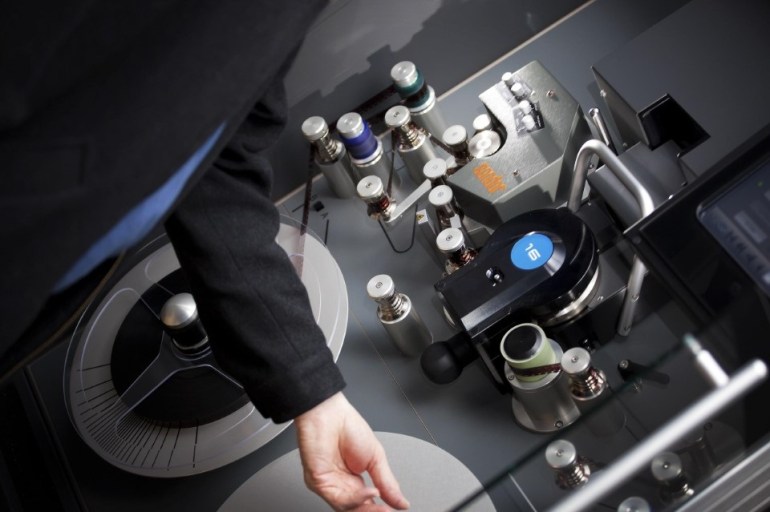The National Film and Sound Archive of Australia (NFSA) will be able to double its video and audio digitisation efforts after the Federal Government announced an additional $41.9 million in funding for the institution across the next four years.
The funds support the update of 240,000 at-risk audio, video, and film items, held by the NFSA and seven other National Collecting Institutions, before they deteriorate irretrievably.
Other NCIs to benefit include the Australian Institute of Aboriginal and Torres Strait Islander Studies (AIATSIS), Australian National Maritime Museum, Australian War Memorial, National Gallery of Australia, National Library of Australia, National Museum of Australia, and Questacon.
Today’s announcement will also allow the NFSA expand its digital storage capacity from 6 petabytes to 165 petabytes over four years, boost storage and cybersecurity, and create an off-site data centre to provide improved security.
It comes the Federal Government gave the institution a $5.5 million funding boost over four years in 2020 to support its digitisation efforts, before allocating a further $2 million as part of funding package for NCIs in this year’s budget.
NFSA CEO Patrick McIntyre said today’s funding would allow the NFSA to digitise the most at-risk film across the NCIs, and support cultural institutions to secure the future of our shared audiovisual heritage.
“The stories and memories these materials contain provide us with an immediate connection to our lived past, as well as insights into our national character and where we might be heading,” he said.
“And audiovisual media keep these stories alive in uniquely vital and moving ways.
“This boost in funding will allow us to get ahead of the risks of obsolete playback equipment and deteriorating tape formats.”
NFSA head of collection, Jacqui Uhlmann said decades of news and popular culture remained in analogue formats, and the NFSA was working hard to digitise it all.
“This is a major investment in our future, ensuring we can save thousands of hours of radio, television, and film, before it becomes unplayable,” she said.
“Digitising our collection – our memories – is a major ongoing process.
“We look forward to collaborating with other cultural institutions and establishing workflows to support large-scale digitisation.”


